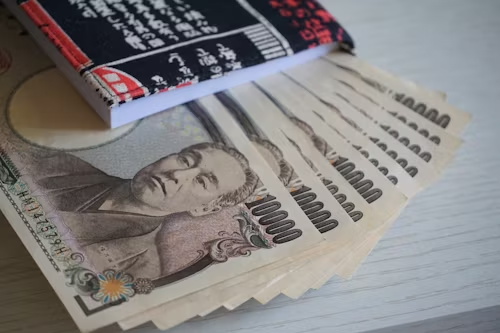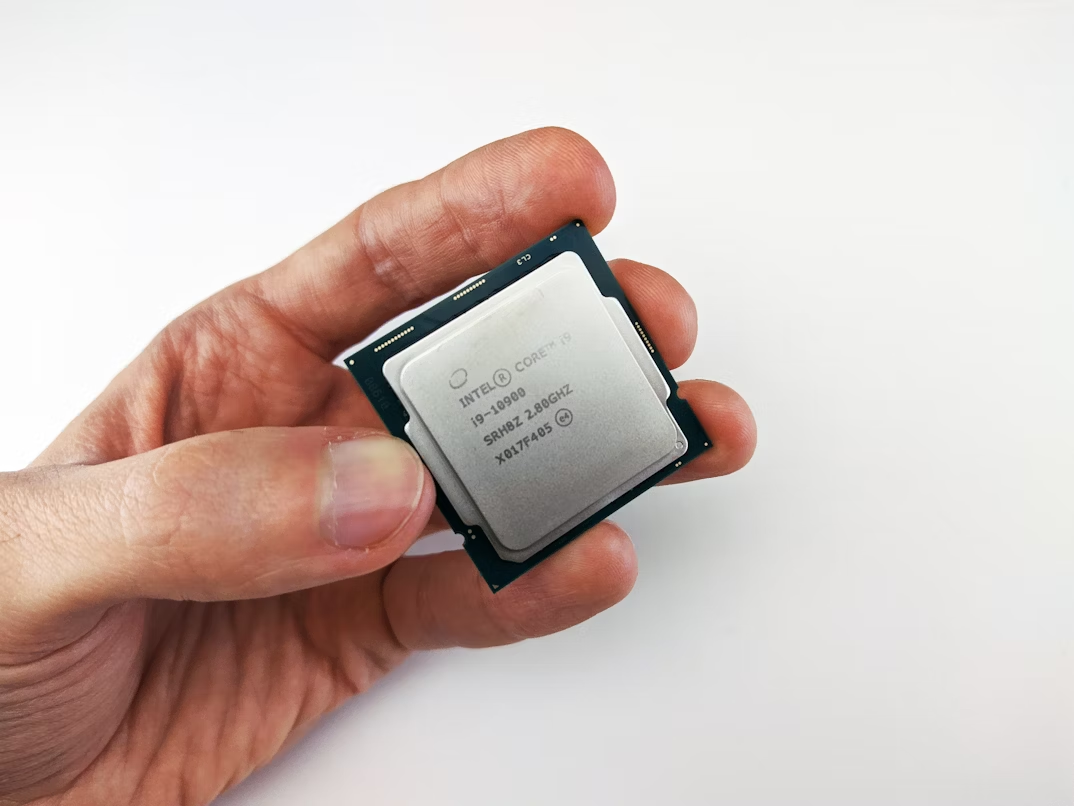The trend leader, Apple, is pouring $600 billion into U.S. manufacturing from 2025 to 2029, expanding its original $500B plan by another $100B this August under its new American Manufacturing Program (AMP). This isn’t just PR since Apple is teaming up with major players like TSMC, Texas Instruments, Corning, and Samsung to build everything from semiconductors to iPhone glass, all on U.S. soil. A new 250,000 sq ft AI server factory is coming to Houston in 2026, alongside expanded glass production in Kentucky and chip operations in Arizona and Texas, projected to put out 20,000 new jobs and support nearly half a million others nationwide. It’s a coast-to-coast move, with key sites in Texas, Arizona, Kentucky, Michigan, and even North Carolina getting major upgrades. Apple isn’t just making products anymore; it’s building the backbone of an American tech supply chain and leading a trend that could reshape the global manufacturing map.
EQUITY
Nasdaq led market gains after a White House official announced Apple's planned domestic manufacturing pledge. Strong results from McDonald's and Arista Networks pushed their price higher, while Amazon contributed to tech strength upon receiving regulatory approval for its self-driving vehicles. Advanced Micro Devices and Super Micro Computer tell a different story, with one uncertain due to tariffs and another missing expectations.
GOLD
The gold price closed higher in Asian session after finishing lower on Wednesday, with the dollar continuing its nosedive. Gold regained momentum as new 100% tariffs on imported semiconductors and increased duties on Indian and Brazilian goods escalated trade tensions. Fading growth prospects and expectations of imminent rate cuts enhanced gold’s appeal as a non-yielding asset in a low-interest-rate environment.
OIL
WTI fell to a six-week low of $63.64, marking a fifth consecutive decline as initial gains from Trump's 25% tariff on Indian goods and a 3 million barrel draw in US inventories reversed after Secretary of State Marco Rubio hinted that another sanction against Russia could be underway. . Traders remain focused on pending clarity about the scope and timing of potential sanctions or tariffs, with both Brent and WTI on track for their lowest closes since early July and late June, respectively.
CURRENCY
The U.S. dollar falls under pressure of Federal Reserve rate cuts, with poor labour market data reporting and political risks surrounding key appointments to the Fed, raising fears of partisanship undermining institutional independence. Meanwhile, the euro gained on optimism surrounding Ukraine peace talks and supportive economic spill overs, while the dollar index dipped to a 10-day low. Markets now price in a 93.4% chance of a September rate cut.














